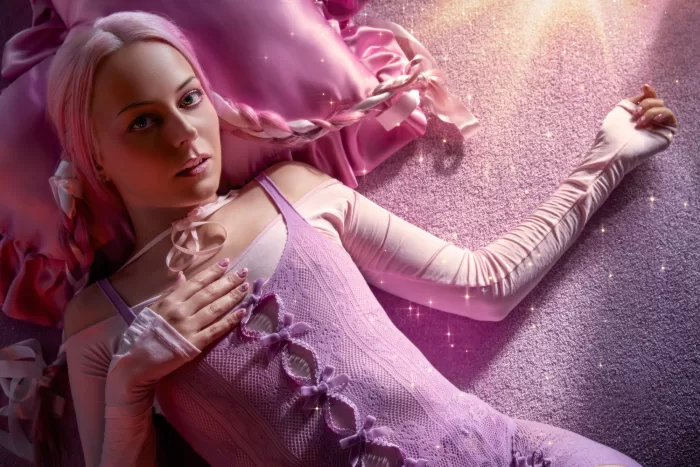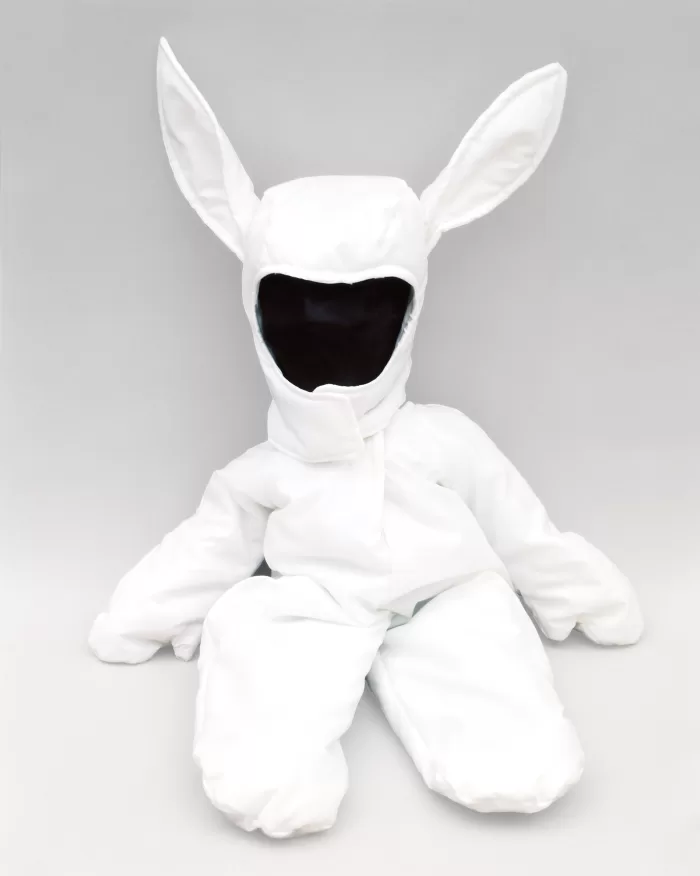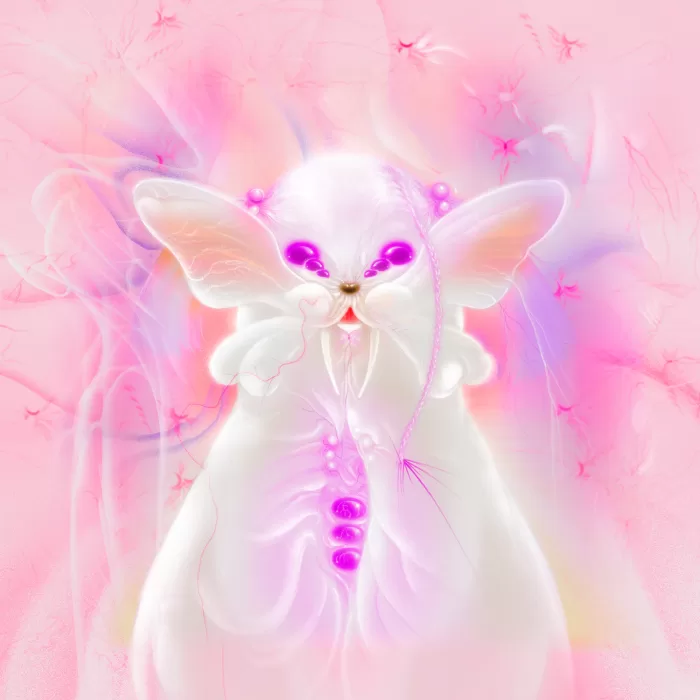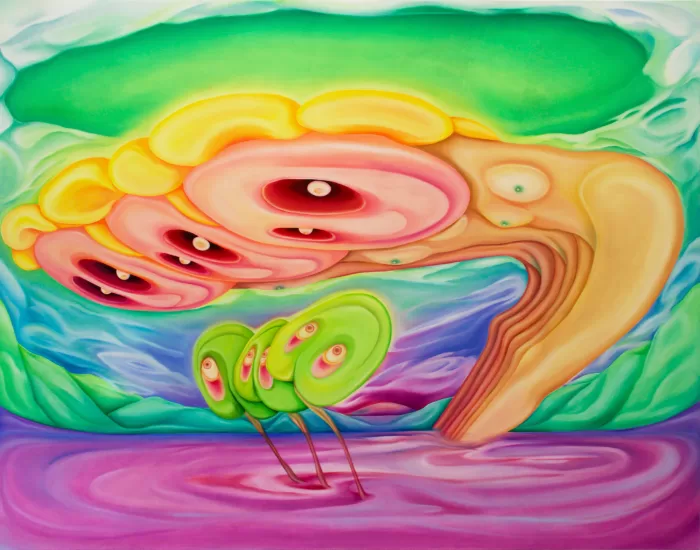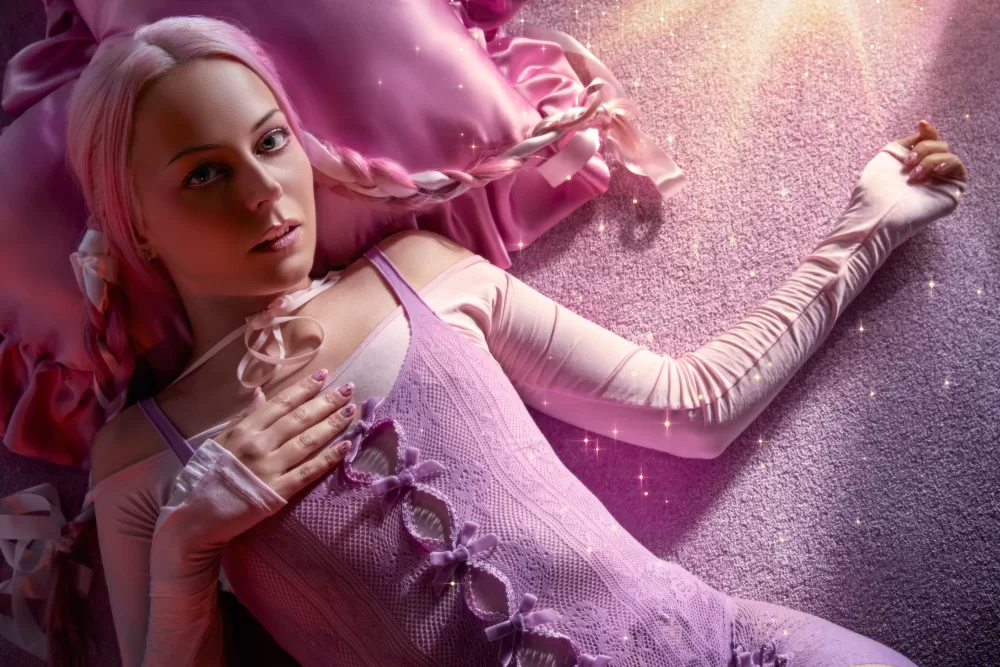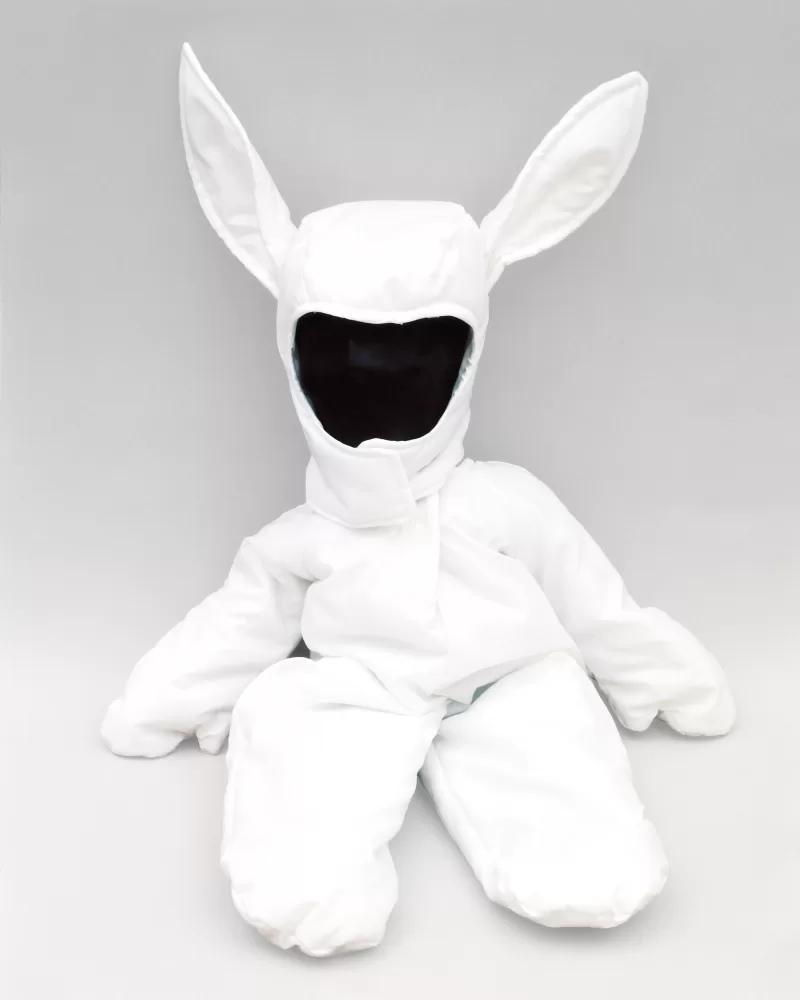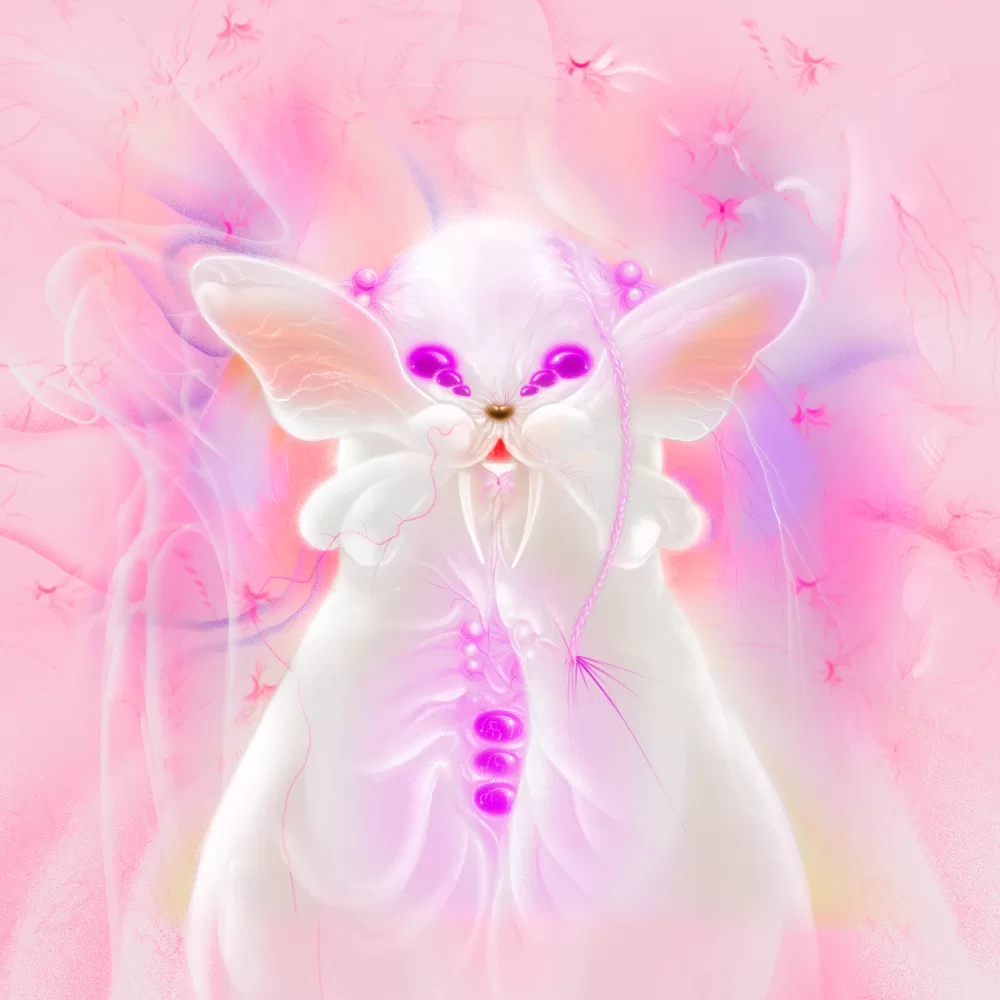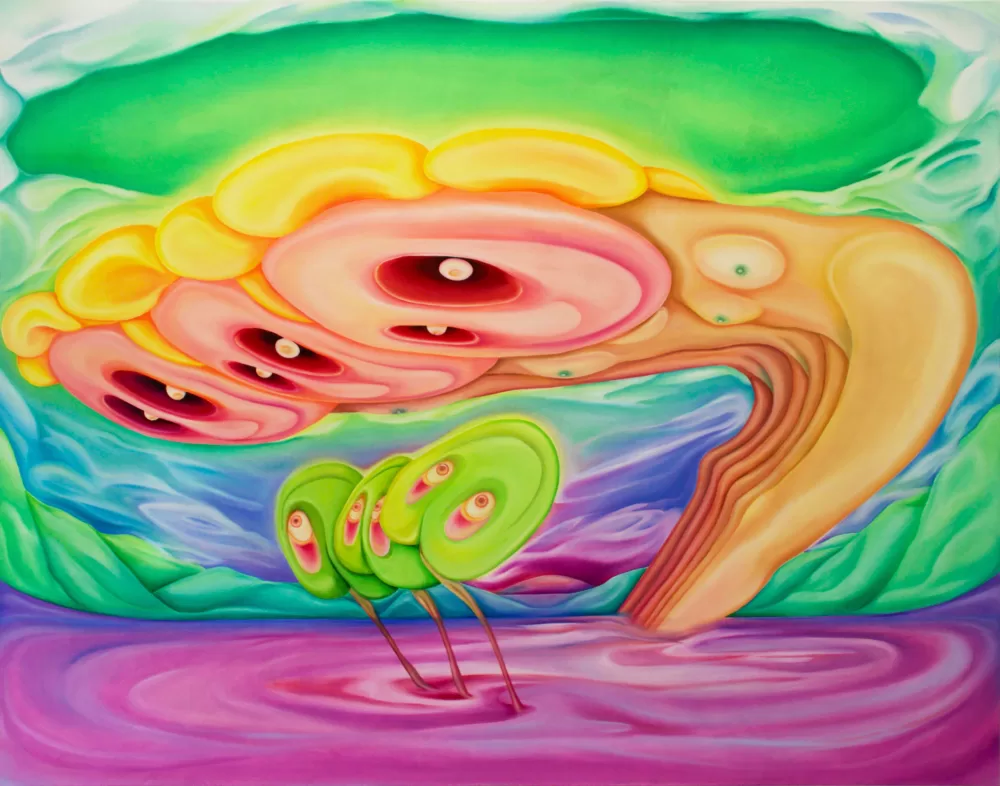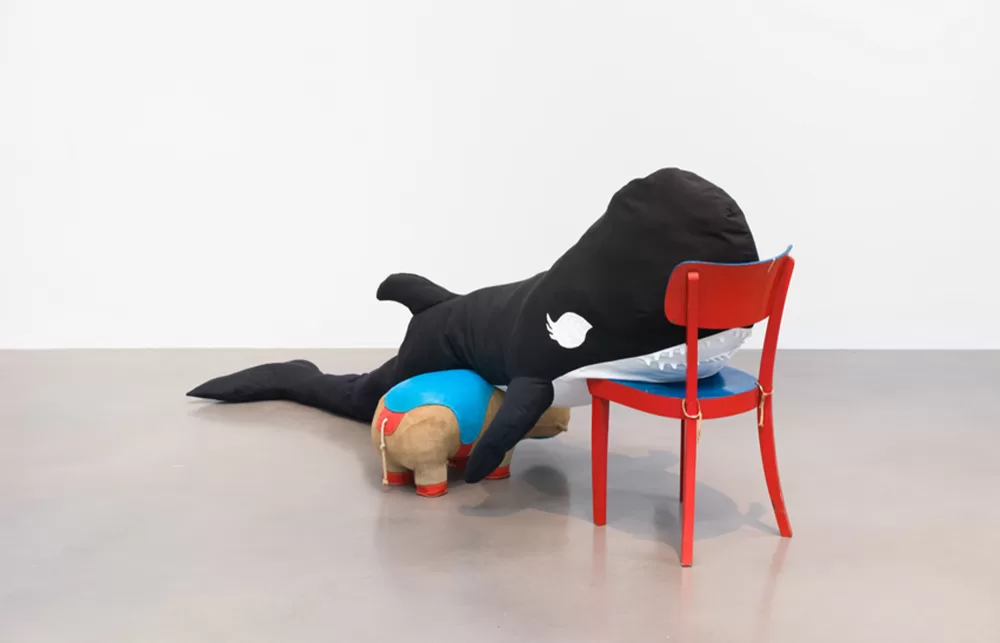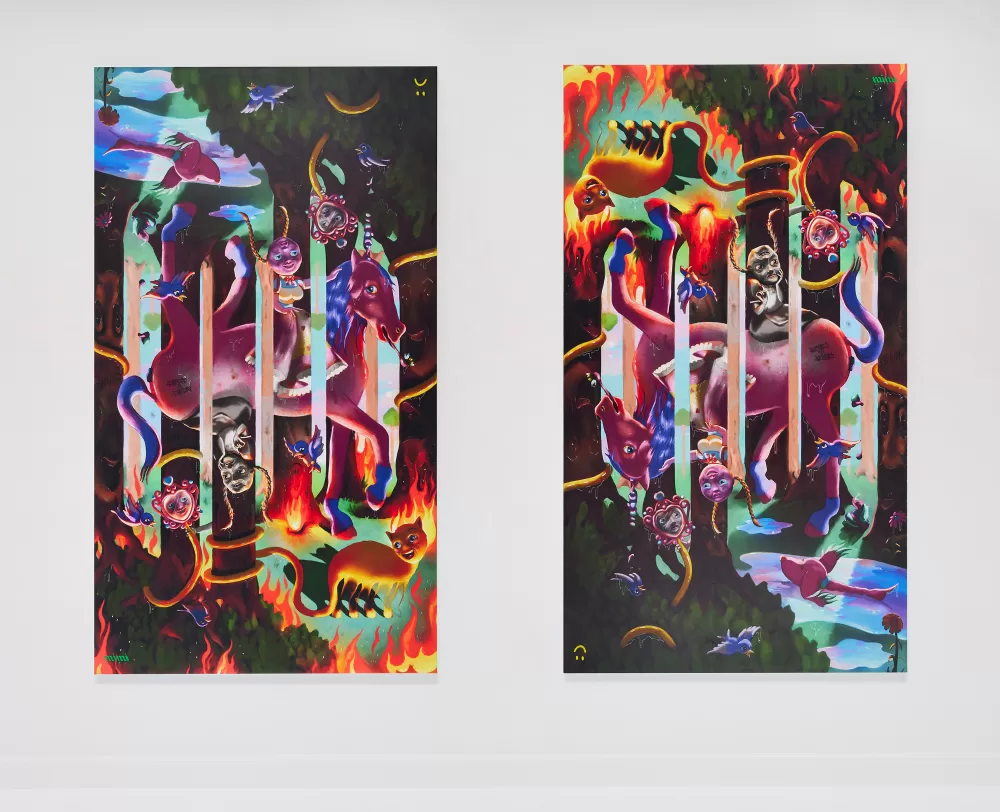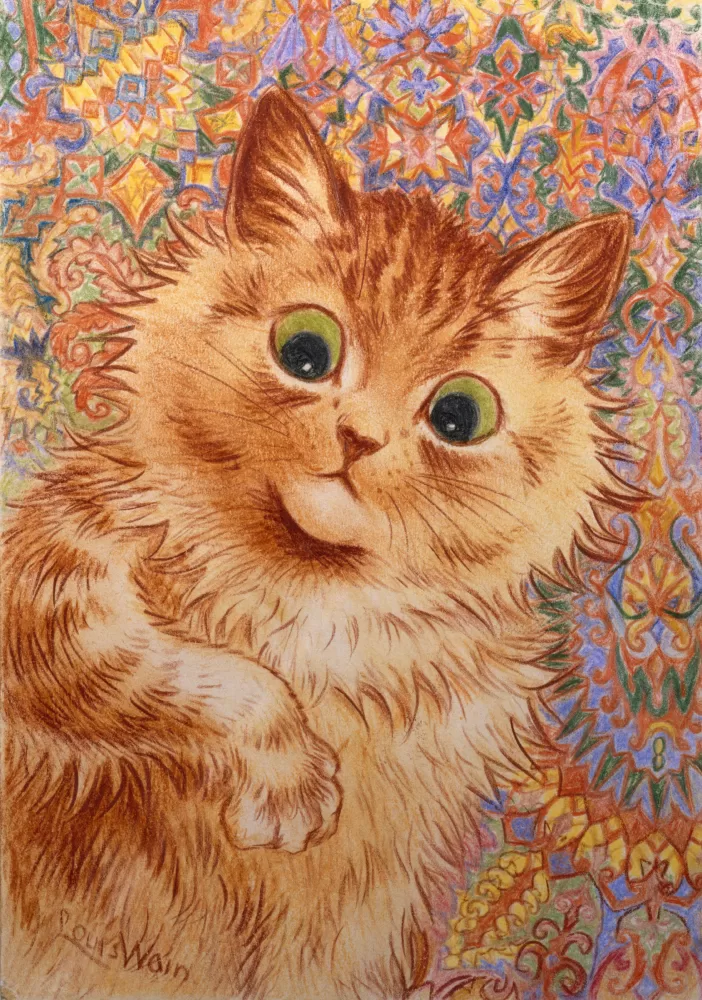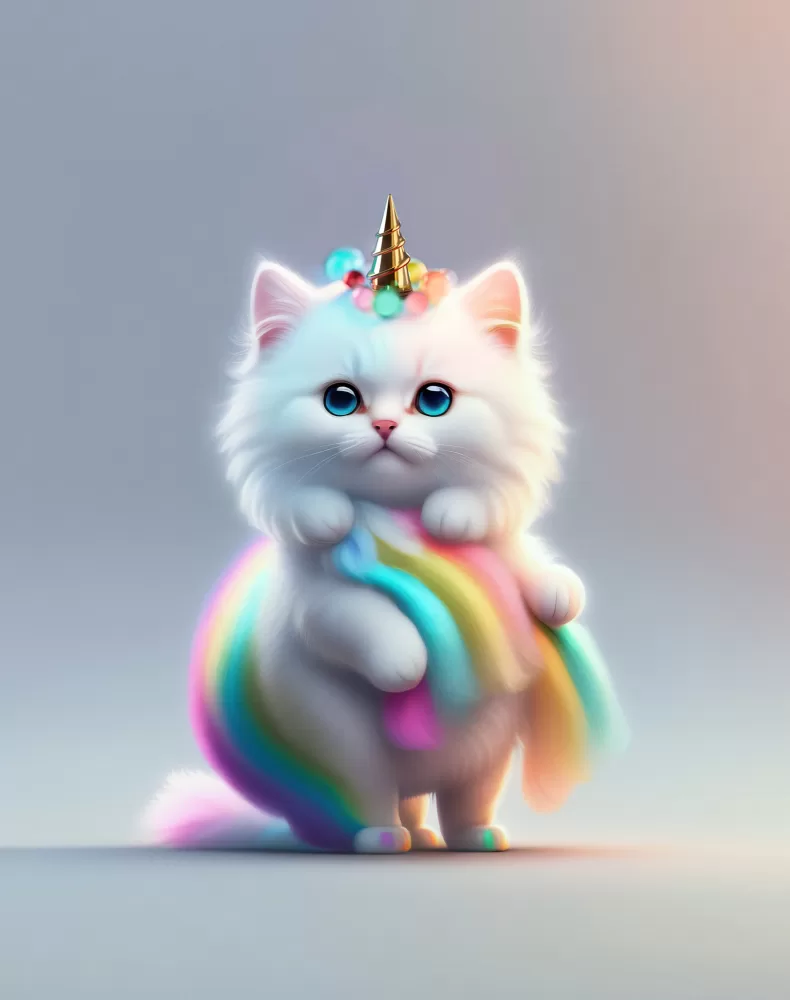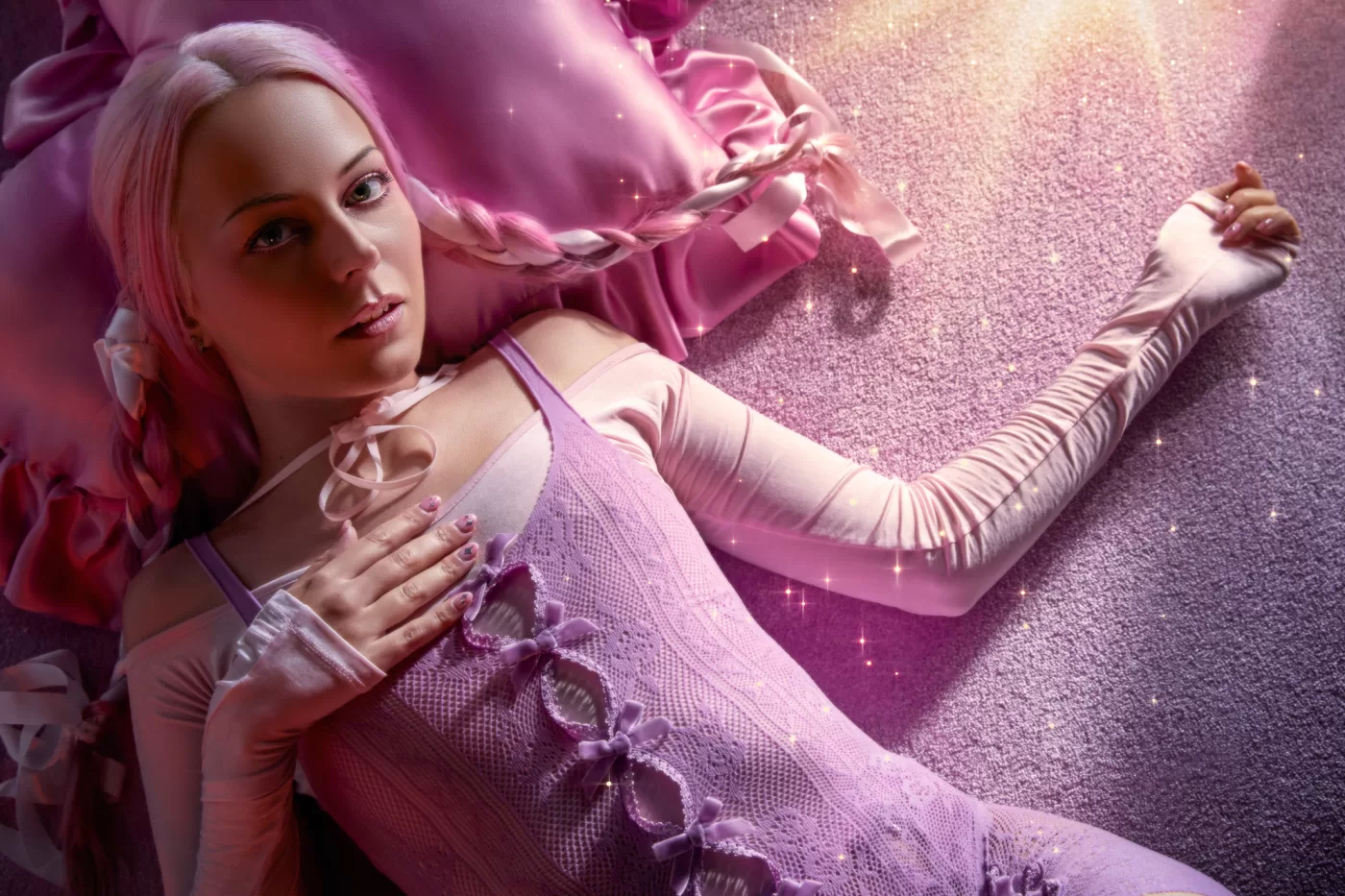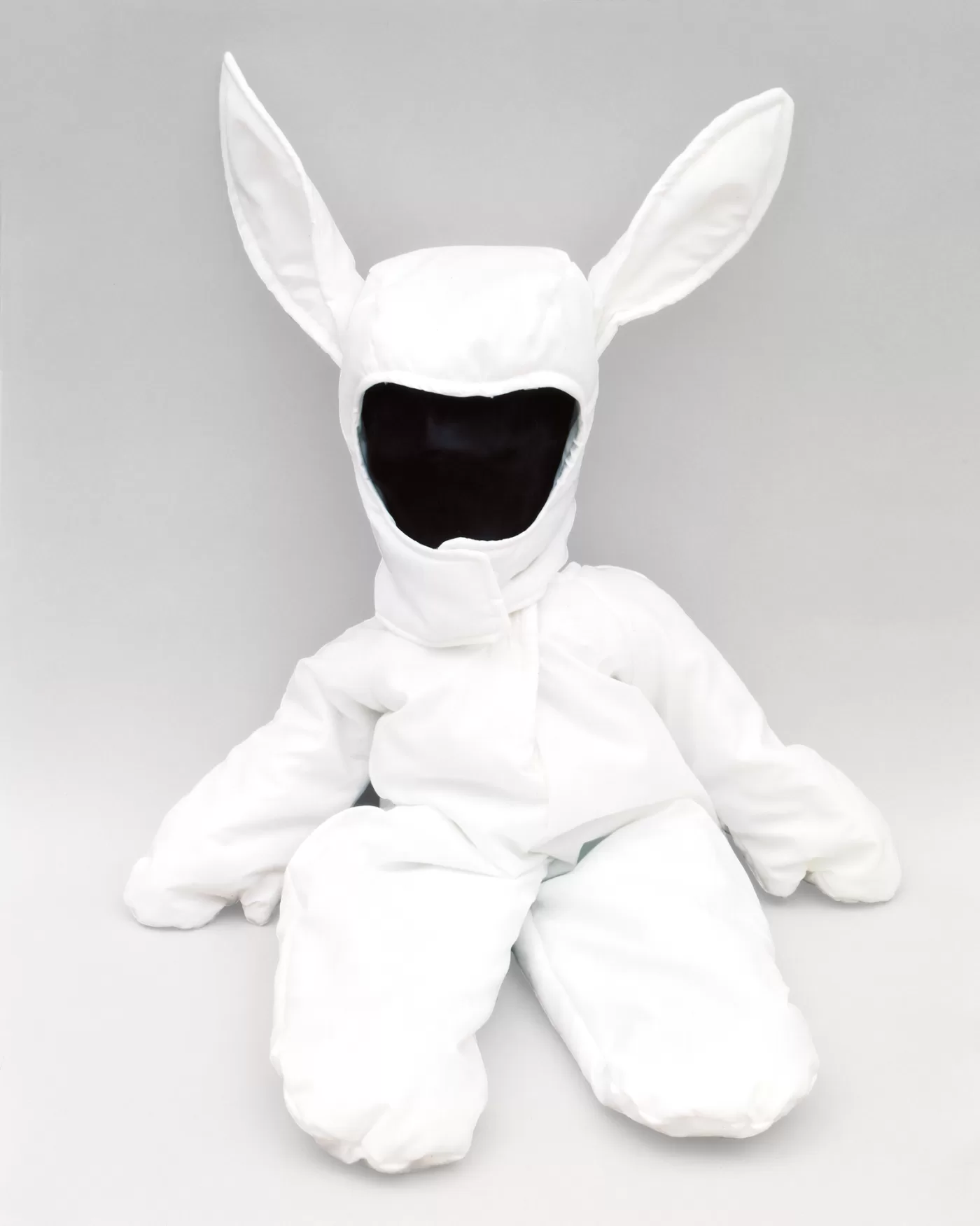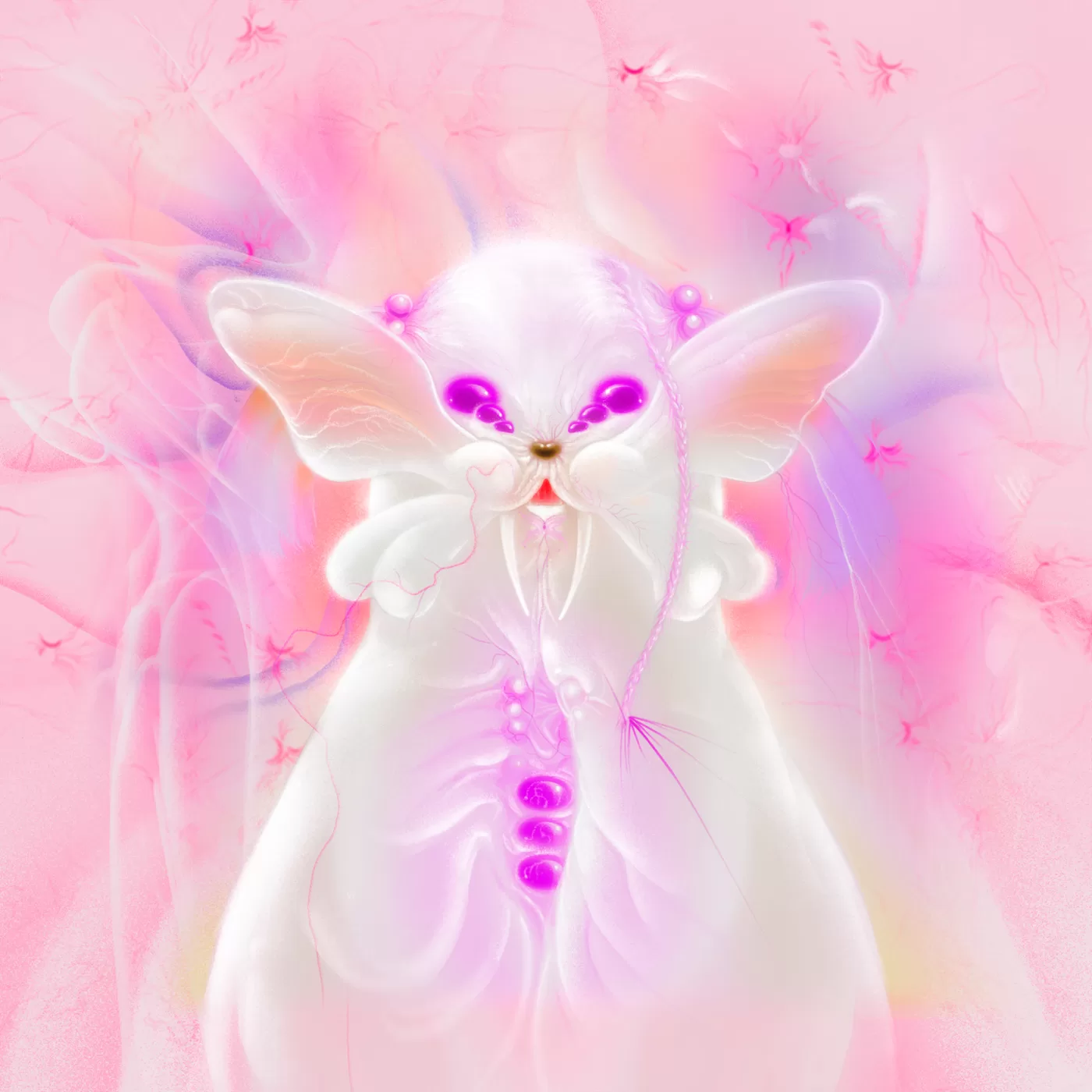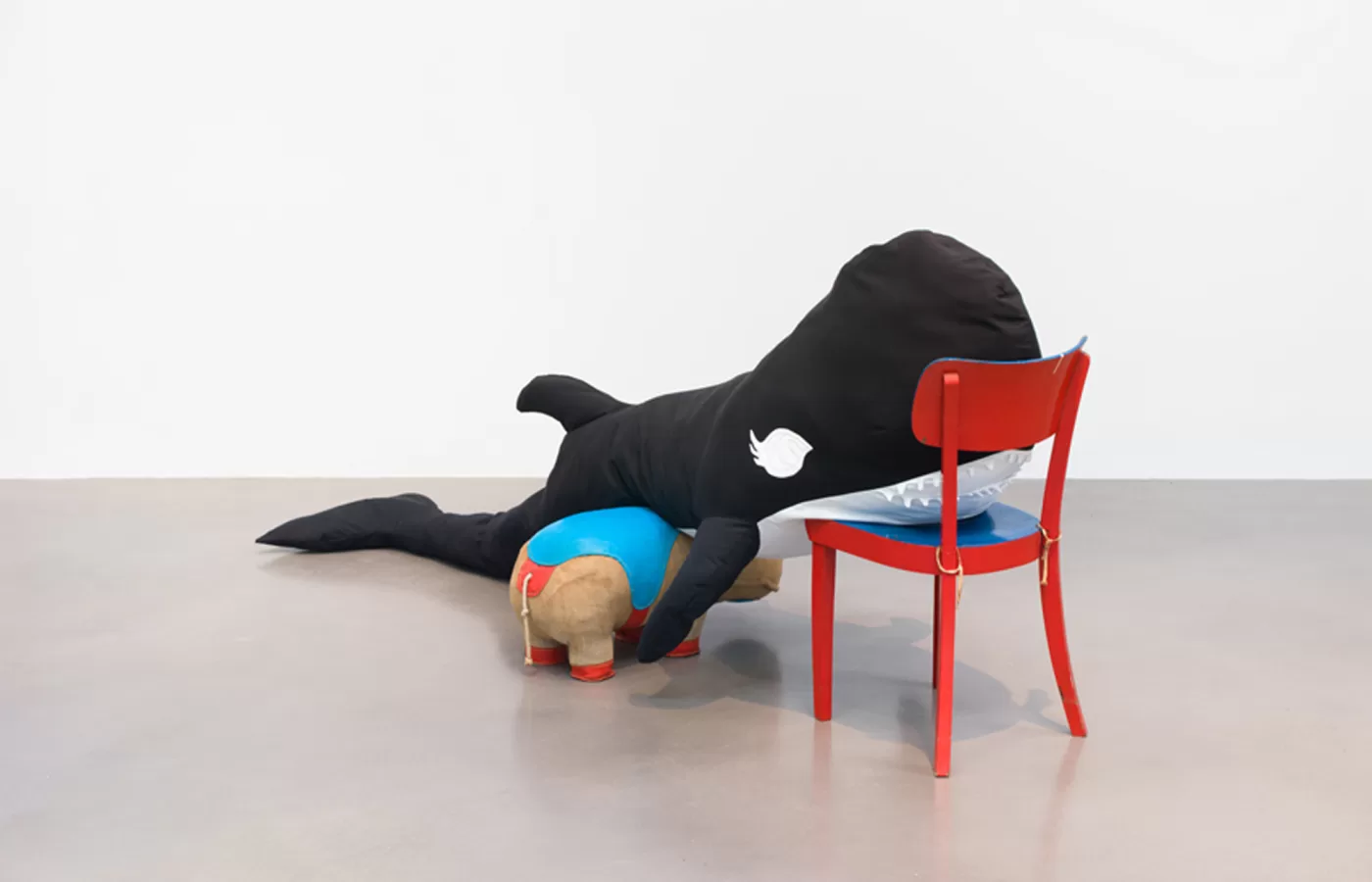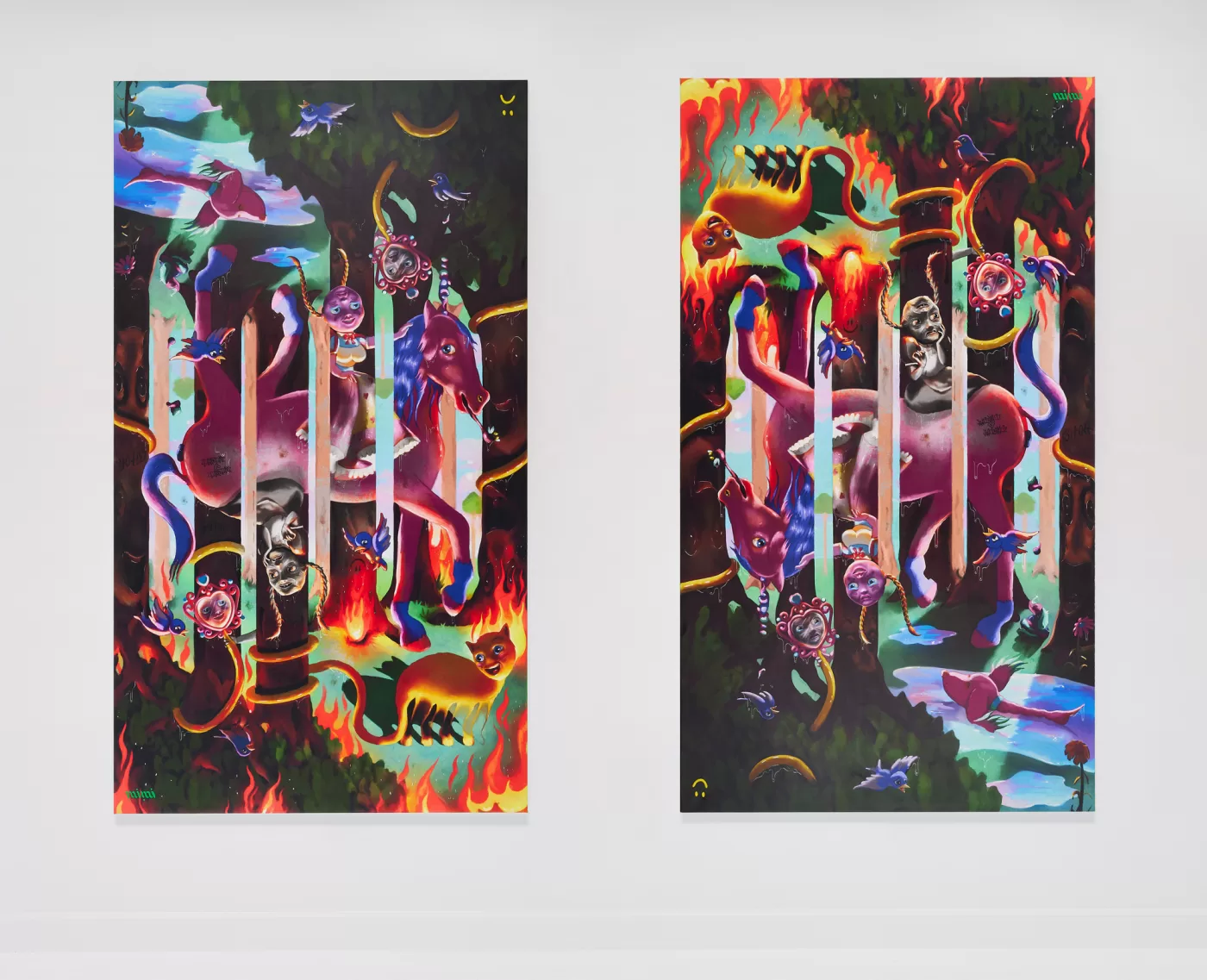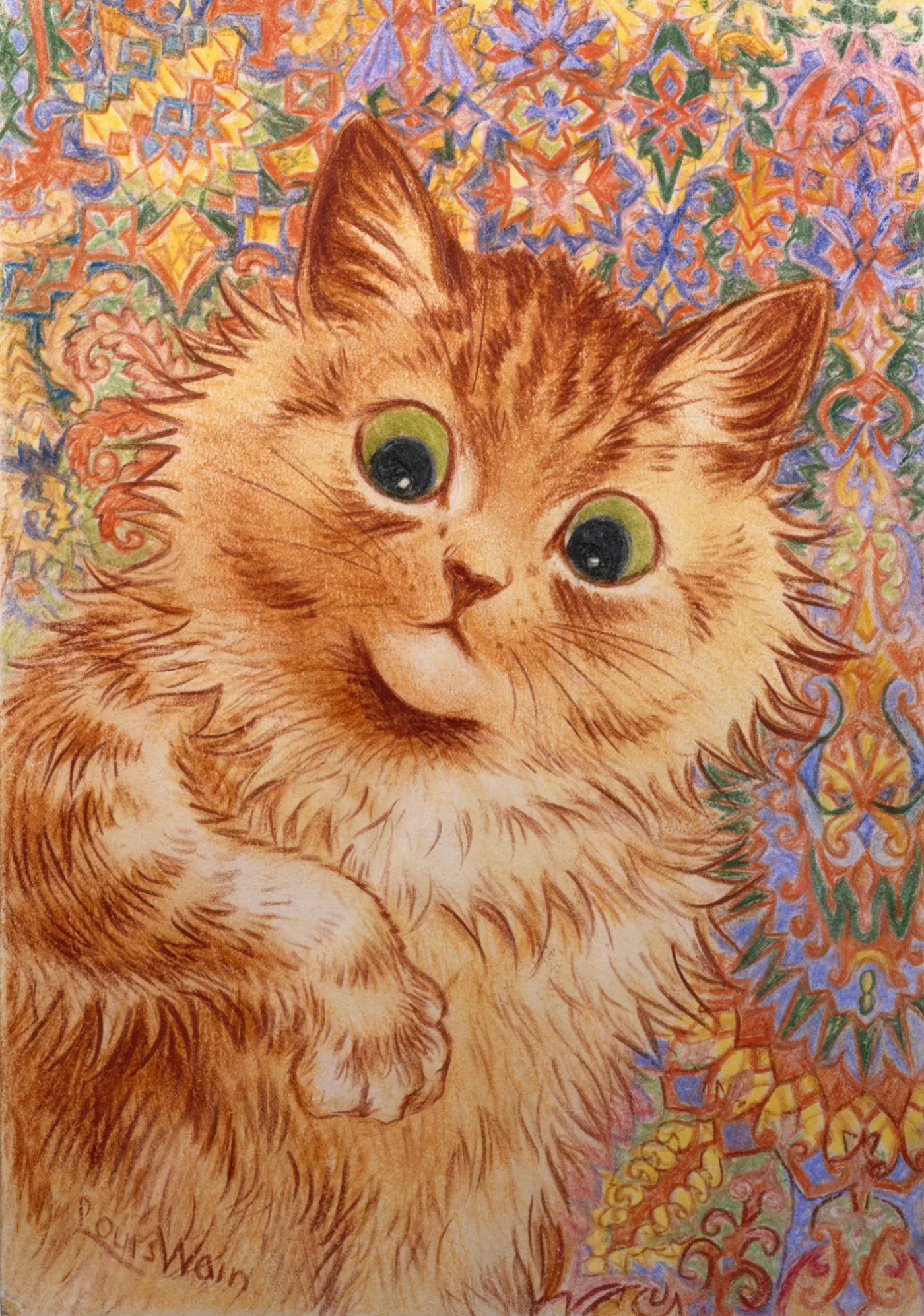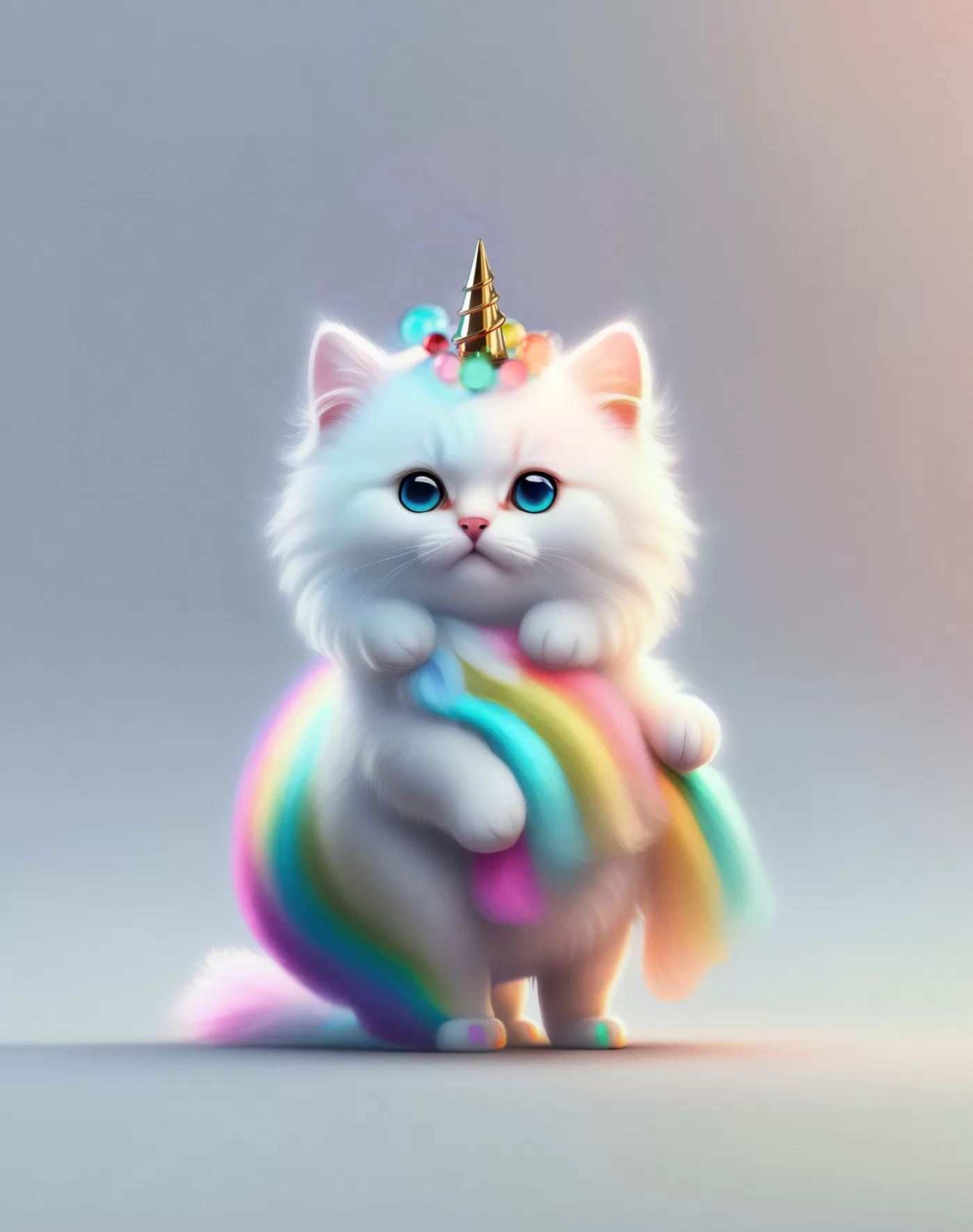“I felt out of place, like a depressive at a children’s birthday party”: Philippa Snow on ‘Cute’
8 min read
It was the depths of January and Philippa Snow was in no mood for a show called ‘Cute’, but she found her sweet tooth
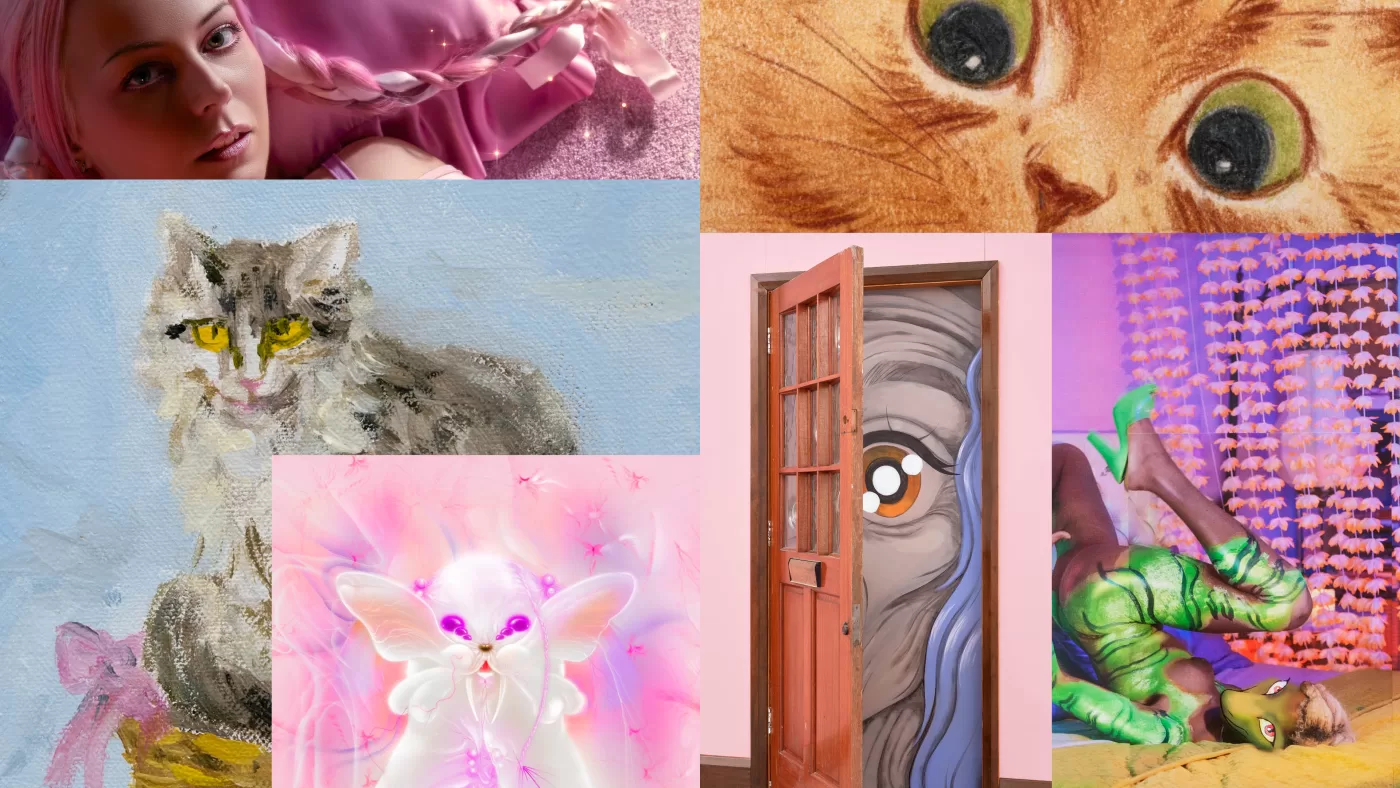
Long, dark nights of the soul tend to feel longer and darker than ever in January, perhaps because the actual nights seem to never fucking end. This year especially, the very notion of a new year bringing fresh hope and renewal, in light of both global news and British weather, feels like a sick joke—not one person I have spoken to so far has bothered to set New Year’s resolutions, and nobody has stopped drinking, either. (When Dry January has failed to take effect, even among your squarest, smuggest and bougiest friends, you know the year’s not going well.) With this in mind, I felt somewhat apprehensive about visiting Somerset House’s new exhibition about cuteness, figuring that I did not feel especially cute myself, and that I was not much in the mood for finding other things cute, either. A show called ‘Exhausted’ or ‘Ennui-Stricken’ or ‘Bloated?’ Fine. ‘Cute’ seemed a stretch. Dutifully standing in front of a large glass vitrine full of porcelain cats on a drizzling Thursday afternoon, dissociating slightly, I felt out of place, like a depressive at a children’s birthday party—drowning in a sea of candy colours, but still thinking mostly about death.
And yet, something strange happens when this much sugary sweetness comes together: it starts to look sour, strange, and sort of kinky. Death could not be said to be one of the primary subjects of ‘Cute’, but it’s hardly absent, either—note, for instance, the promotional Oxycontin plushie that appears in one display, or the inclusion of a photograph of Adolf Hitler gently hand-feeding two fawns. A wall text in the first room of the exhibition outlines the origin of the word “cute” in the Greek “acutus,” meaning “sharp,” and although I had not known this was the case, it makes perfect sense both etymologically and logically. A Tagalog word, “gigil,” has no direct English language equivalent, but it’s often said to describe the particular feeling one experiences when looking at a thing so sweet it is unbearable or painful—the feeling that we mean when we see a kitten or an infant and say things like “I could eat him up,” as if the best way to show love to something were to sink our teeth into it. There is something atavistic about our relationship with cuteness, and that atavistic edge makes it ideal for subversion, whether that subversion is political or sexual, or even—as I have to presume is the case for a toy designed to tie in with a dangerous and controversial drug—accidental. Not for nothing were about 70 per cent of attendees at the show, myself included, goths: we’re not the biggest fans of pink, but we certainly all grew up putting safety pins through the ears of our Hello Kitty backpacks.
8 photos
View gallery
1 of 4
The spectre of Hello Kitty looms large over ‘Cute’, I presume for reasons of sponsorship, and the vibe of her section of the show is, in itself, sort of amusingly bizarre, as if she were a dictator and the visitor were touring her museum of propaganda. Never mind—institutions need their influencer coverage these days, and all the pretty teenagers with selfie sticks seemed to be in their element. Better to ignore the more corporate aspects of the set-up, and spend time examining the kooky, cluttered floor arrangements, and some of the larger artworks on display. Mike Kelley’s iconic and familiar Ahh…Youth!, in which his youthful mugshot glares out spottily from a grid of portraits of soft toys, looks somehow even brattier, even more attitudinally teenaged, in this context; in a video by Ed Fornieles, Adventures in Symbolic Love Tyranny, a character with a babyish voice defines cuteness, ominously and not inaccurately, as “a device being used by various parties on various levels…to control.” A sculpture by Sean-Kierre (SK) Lyons depicts a “gargoyle” with a pink scaled body and a face like Falkor from the Never Ending Story, and I could not decide whether if I’d seen it as a child it would have given me nightmares, or I would have cried because I could not have it as a pet. “The horror is counterbalanced,” its wall text suggests, “with positivity and whimsy.” Would that I could say the same thing of myself! Louis Wain’s famous illustrations of anthropomorphised cats, which appear early in the show, are now culturally inextricable from their creator’s madness, and as Wain distanced himself further and further from reality, they became wackier, more cartoonish. In a sick world, it requires a certain level of derangement to give oneself over to the light, the sweet, the childlike, and that makes ‘Cute’ something of a deranged show. Luckily, in January 2024, I can think of no higher compliment to give. We’re all mad here, as another famous cat once said.
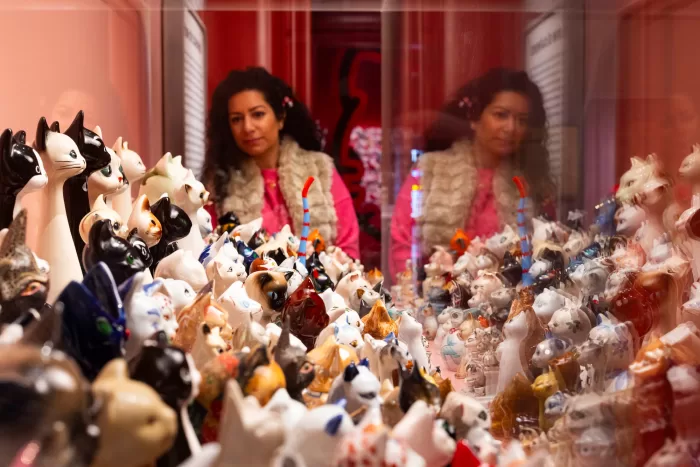
Andy Holden's cat collection on display in the CUTE exhibition at Somerset House. Credit: David Parry PA for Somerset House

Hello Kitty installation in the CUTE exhibition at Somerset House. Credit: David Parry PA for Somerset House
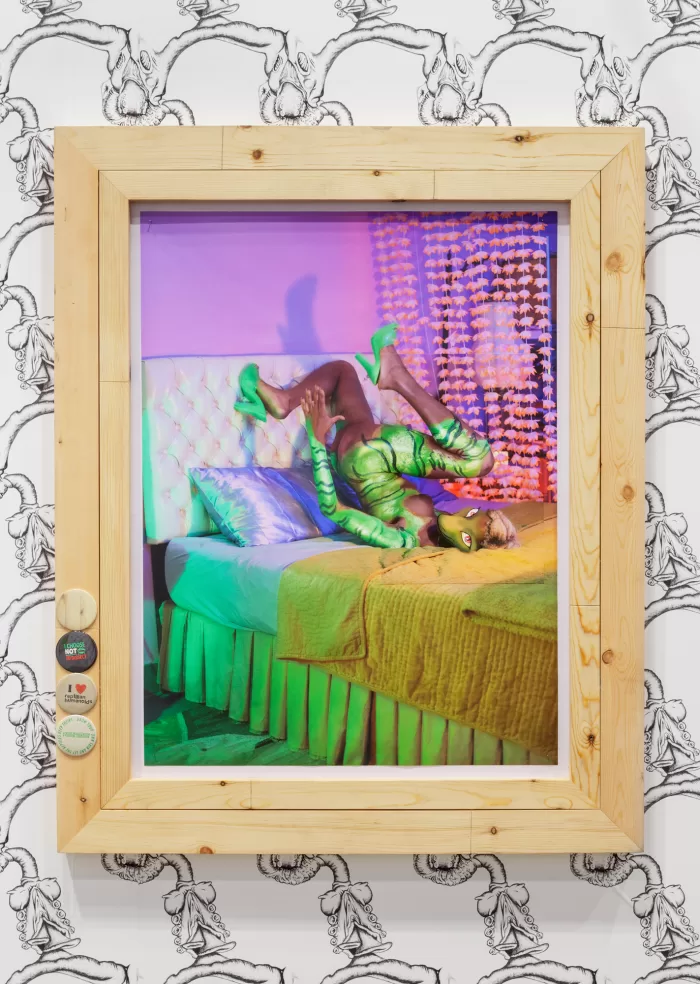
Juliana Huxtable, Untitled, 2019. Image courtesy of the artist

Julien Ceccaldi, Door to Cockaigne, 2022. Courtesy the artist and Modern Art, London. Photo: Robert Glowacki
‘Cute’ at Somerset House runs until 14th April 2024. somersethouse.org.uk
